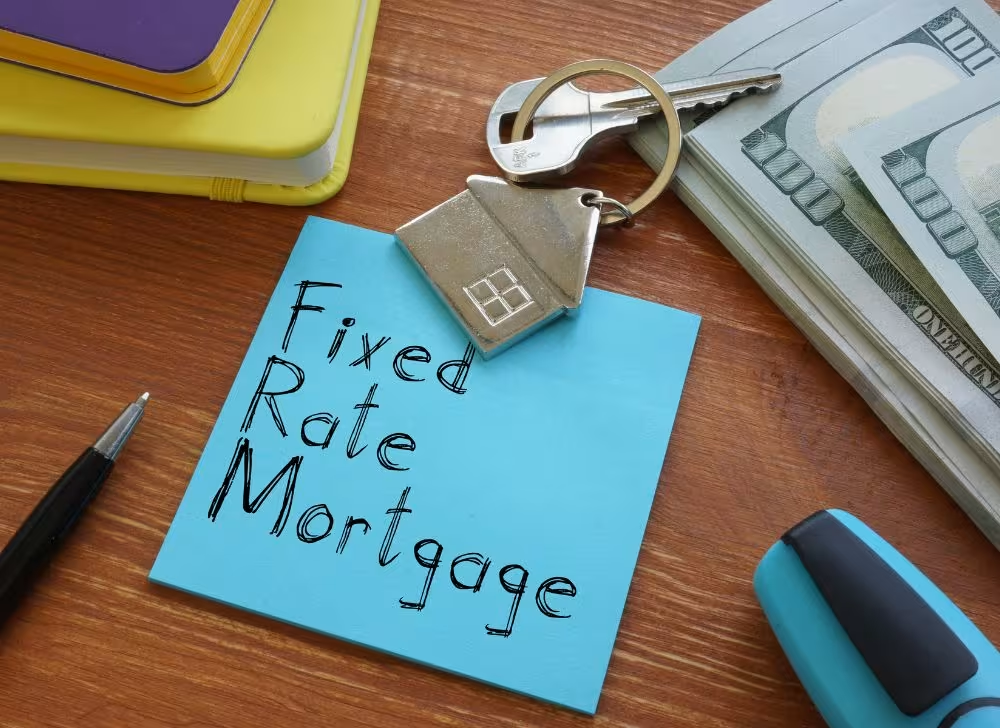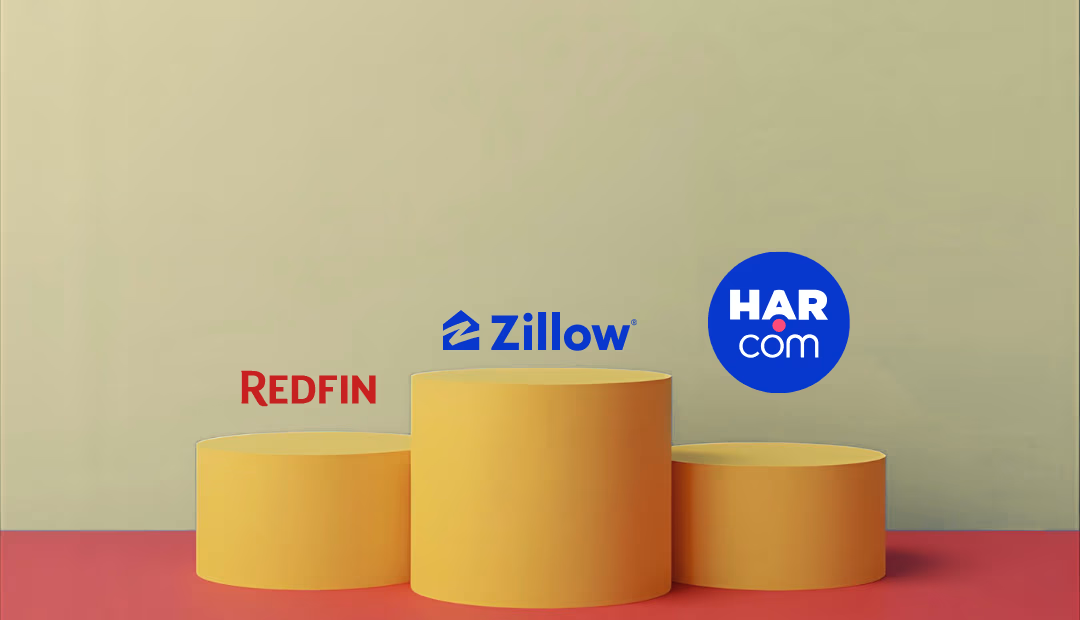When committing to a 30-year fixed mortgage, even a fraction of a percentage point in your interest rate can translate into tens of thousands of dollars in savings over the life of the loan. Understanding how to get a lower mortgage rate is essential for anyone looking to maximize long-term affordability.
As an expert mortgage broker, Altgage helps savvy buyers make informed mortgage decisions that maximize affordability and minimize interest.
Below, we provide actionable, detailed strategies to lower your 30-year fixed mortgage rate effectively and responsibly.
.avif)
1. Improve Your Credit Score Before Applying
Your credit score is one of the most powerful tools in determining your mortgage rate. Lenders use this number to assess your creditworthiness, and a higher score typically results in a lower interest rate.
Steps to Improve Credit Score:
- Your payment history is worth 35% of your score, so pay all your bills on time.
- Balances on credit cards should be kept below 30% of utilization, preferably under 10%.
- Before applying for a mortgage, don't open new accounts.
- Dispute inaccuracies on your credit report with the major bureaus.
- To lengthen your credit history, keep old credit accounts open.
Pro Tip: Aim for a score of 740 or above to qualify for the lowest possible rates on a 30-year mortgage.
2. Increase Your Down Payment
While a minimum down payment of 3%–3.5% may be enough to qualify for a mortgage, putting 5% down can significantly improve your loan terms. A slightly larger down payment often results in lower interest rates, and can reduce your private mortgage insurance (PMI)by 30-40%, and gives you stronger negotiating power with sellers.
These benefits can add up to substantial long-term savings, both in monthly payments and overall interest paid.
Down Payment Assistance Options:
For those struggling to come up with a down payment, programs like the Empowered DPA offer FHA down payment assistance.
3. Use a Piggyback Loan to Avoid Jumbo Rates and PMI
If your loan amount exceeds the conforming loan limit ($802,650 in 2025), you could face higher interest rates, often about 0.5% more, on the entire loan. A “piggyback” strategy involves splitting your mortgage into two separate loans (for example, an 80% first mortgage and a 10% second mortgage) and using your own funds for the remaining 10% down. This approach can:
- Avoid private mortgage insurance (PMI)
- Keep your primary loan within conforming limits for better rates
- Reduce the total cash needed for your down payment
4. Shop Around with Multiple Lenders
Never settle for the first-rate offer. Different lenders evaluate risk in their own way, and even a 0.25% difference in interest rate can lead to significant savings over the life of a 30-year mortgage. When comparing offers, look beyond just the base rate - consider the Annual Percentage Rate (APR), any associated points and fees, as well as the loan terms and flexibility.
Using a mortgage comparison tool or consulting with an independent mortgage advisor can help you assess the true cost of each loan and identify the most competitive option for your situation.
5. Pay Origination or Broker Fees Upfront for a Lower Rate
Most lenders use “lender-paid compensation,” meaning the loan officer’s commission is built into your interest rate, typically adding 0.5% or more over the life of the loan. Instead, ask for “borrower-paid” pricing, where you pay the origination or broker fee directly. By covering this cost upfront, you can often secure a noticeably lower interest rate and save thousands over the term of your mortgage.
6. Choose the Right Loan Program
Not all 30-year fixed mortgages are created equal. Depending on your financial profile, you may qualify for programs that offer reduced interest rates:
- FHA Loans: Ideal for lower credit scores; requires PMI.
- VA Loans: Available to veterans; often with 0% down and no PMI.
- Conventional Loans: Best for those with strong credit and at least 3%–20% down.
- Jumbo Loans: For loan amounts exceeding conforming limits, available with competitive rates through specialized lenders.
At Altgage, we help match you with the loan structure that maximizes savings and minimizes interest.
7. Choose a Shorter Rate Lock Period
Many lenders offer rate locks - a guarantee to honor a quoted rate for a specific time. Shorter lock periods, such as 15 or 30 days, usually come with slightly lower interest rates compared to 60 or 90-day locks.
Only lock when you’re ready to close, and make sure your documents and appraisal are complete to prevent delays that could force an extension and cost you more.
8. Pay Mortgage Discount Points
Also known as “buying down your rate,” paying discount points allows borrowers to reduce their mortgage rate in exchange for an upfront payment at closing.
- 1 point = 1% of your loan amount
- Typically reduces the rate by 0.25% per point
Example: On a $300,000 loan, paying 2 discount points (equal to $6,000) could lower your interest rate from 7.25% to 6.75%, resulting in potential savings of over $30,000 over the life of a 30-year mortgage.
However, it’s important to run a break-even analysis to ensure you plan to stay in the home long enough to recover the upfront cost of the points through reduced monthly payments.
9. Consider Paying Off Other Debts First
Lenders evaluate your debt-to-income (DTI) ratio, and a lower DTI often qualifies you for better rates. If you're carrying high-interest debt, such as credit cards or auto loans, consider paying them down before applying for a mortgage.
DTI Calculation:
- Monthly debt payments ÷ Gross monthly income = DTI
- Target DTI: Below 36%
Improving your DTI not only lowers your risk in the eyes of the lender but also boosts your overall financial stability.
10. Refinance When Rates Drop
Already locked into a 30-year mortgage? Don’t worry - refinancing allows homeowners to replace their existing loan with a new one at a lower interest rate.
It’s typically worth considering when current rates are at least 0.5% lower than your original rate, you plan to stay in your home for five years or more, and your credit score has improved since your initial loan. Just be sure to account for closing costs, which can range from 2% to 5% of your loan amount, as they can impact the overall benefit of refinancing.
11. Watch Economic Indicators and Market Timing
Mortgage rates fluctuate daily, influenced by several key economic factors such as Federal Reserve policy, inflation trends, and bond market yields. Staying informed about these indicators can help you strategically time your mortgage application and lock in a more favorable interest rate, potentially saving you thousands over the life of your loan.
Example: When the Fed signals rate cuts, mortgage rates trickle down and often follow the 10-year treasury. If you anticipate such a move, it might be smart to wait before locking. If inflation indicators are expected to come in high, it’s better to lock sooner rather than later.
12. Negotiate Seller Credits for a Temporary 2/1 Buydown
Instead of pushing for a lower purchase price, ask the seller to provide credits toward a temporary “2/1 buydown.” With this strategy, your interest rate is reduced by 2% in the first year and 1% in the second year of your mortgage.
For example, on a $500,000 home, a $10,000 seller credit could lower your payment by about $564 per month in the first year and $289 per month in the second year - far more impactful than the roughly $57 per month you’d save from a $10,000 price cut. This gives you immediate breathing room in your budget as you settle into your new home.

Lower Your Mortgage Interest Rate and Save Big
Securing a lower rate on your 30-year fixed mortgage isn’t just about shopping around - it's about strategically positioning yourself as a low-risk borrower while capitalizing on timing, programs, and negotiation.
By applying these proven strategies - from credit repair to refinancing and rate lock timing - you can potentially save up to 10% of your loan amount per 0.5% of rate reduction on a 30-year loan - that’s $50K or more on a $500K loan!
Mastering how to get a low mortgage rate doesn’t require perfect timing or guesswork - just smart planning, the right lender, and guidance from trusted experts like Altgage.
Ready to lock in a lower 30-year fixed rate?
Talk to an Altgage advisor today and see how much you can save - Get Started Now!
.avif)



.avif)
